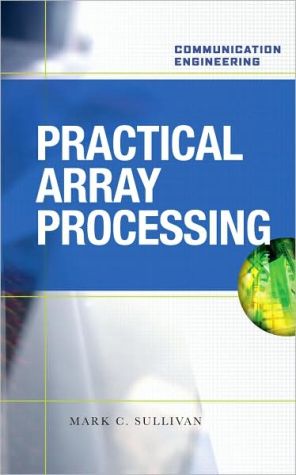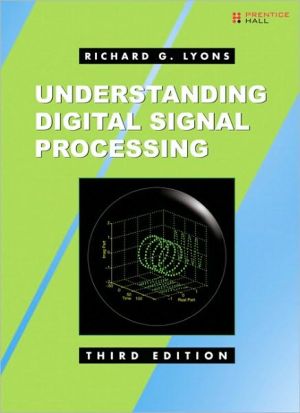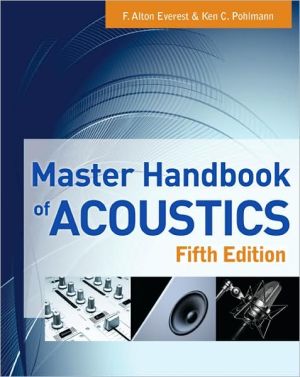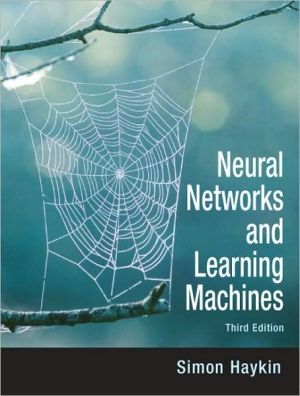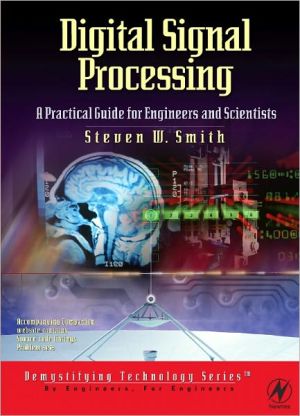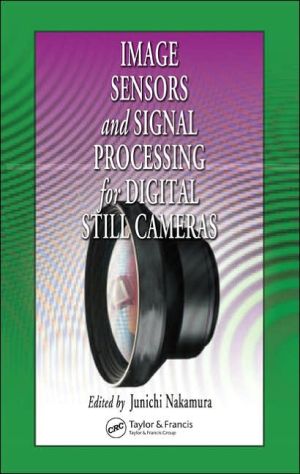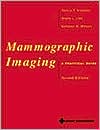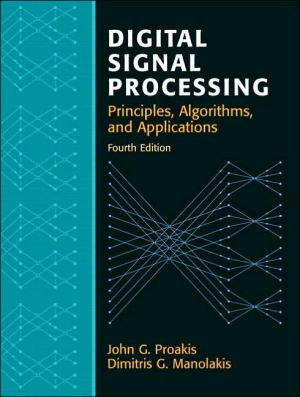PRACTICAL ARRAY PROCESSING
A Complete Education on Array Processing-from Theory to Practice\ Learn all the ins and outs of creating reliable communication systems with Practical Array Processing. This comprehensive guide goes through the entire subject, from a detailed look at the theory of array processing to practical information on how to design and build systems for both commercial and military applications.\ Written by a recognized expert in the field, Practical Array Processing focuses on the practical issues in...
Search in google:
Get extensive information on creating reliable communication systems with Practical Array Processing. This comprehensive guide goes through the entire subject, from a detailed look at the theory of array processing to practical guidance on how to design and build systems for both commercial and military applications.
Acknowledgments ixIntroduction xi1 Receivers 11.1 Radio Frequency Receiver Technology 11.1.1 Thermal Noise 11.1.2 Phase Noise 21.1.3 Nonlinearities 31.2 Digital Receiver Technology 41.2.1 Analog-to-Digital Converters 51.2.2 Downconversion via Aliasing 71.2.3 Complex Baseband Representation 91.2.4 Digital Tuning 151.2.5 Decimating Filters 172 Array Signal Processing Models 232.1 Simplifying Assumptions 232.2 The Array Manifold 282.3 Beamforming 292.4 The Array Ambiguity Function 352.5 Null Steering 362.6 Arrays with Nonuniform Spacing 402.7 Beamformers for ULAs with Nonuniform Weights 462.8 Polarization 492.9 System Model 512.10 Array and System Calibration 553 Detection 593.1 Known Signals 603.1.1 Single-Channel Case 603.1.2 Multichannel Case 633.1.3 Known Signal, Unknown Time 773.2 Unknown Signals 803.2.1 Single-Channel Case 803.2.2 Multichannel Case 834 Beamforming 994.1 Introduction to Beamforming 994.1.1 Methodology 1004.2 Beamforming with Known Data 1024.2.1 One Signal in White Noise 1024.2.2 One Signal with Interference 1024.3 Beamforming with Unknown Data 1094.3.1 Beamforming in the Absence of Interference 1114.3.2 Beamforming in the Presence of Interference 1125 Parameter Estimation 1395.1 Known Signals 1395.1.1 Known Signal Without Interference 1395.1.2 Known Signals with Interference 1435.1.3 Copy-Based DF 1485.2 Unknown Signals 1495.2.1 Estimating the Parameters of a Single Signal 1495.2.2 Estimating the Parameters of Multiple Signals 1695.3 Factors Influencing Performance 1785.3.1 Mutual Coupling 1805.3.2 Multipath 1816Emitter Location 1856.1 Coordinate Systems 1876.2 DF-Based Geolocation 1896.3 TDOA-Based Geolocation 1966.3.1 Delay Estimation 1966.3.2 Geolocation Using Measured TDOA 2056.4 TDOA/FDOA-Based Geolocation 2096.4.1 Doppler Shift 2096.4.2 The Cross-Ambiguity Function 2106.5 The Vector Cross-Ambiguity Function 2137 Propagation 2177.1 Polarization 2177.2 Free-Space Propagation 2217.3 Atmospheric Effects 2217.4 Reflections 2237.5 The Flat-Earth Model of Propagation 2247.6 Propagation over a Curved Earth 2257.7 Multipath and Fading Phenomena 226Index 237
